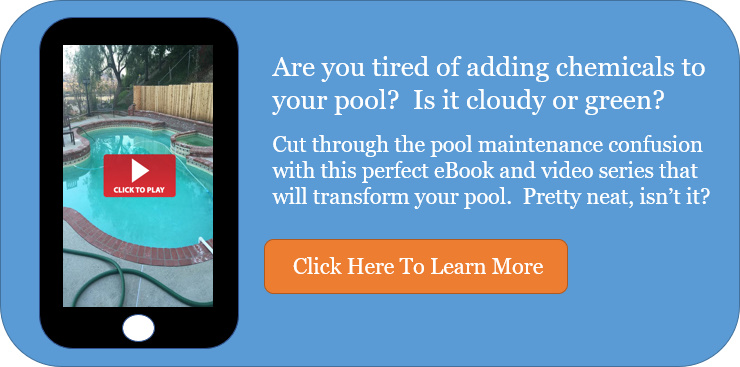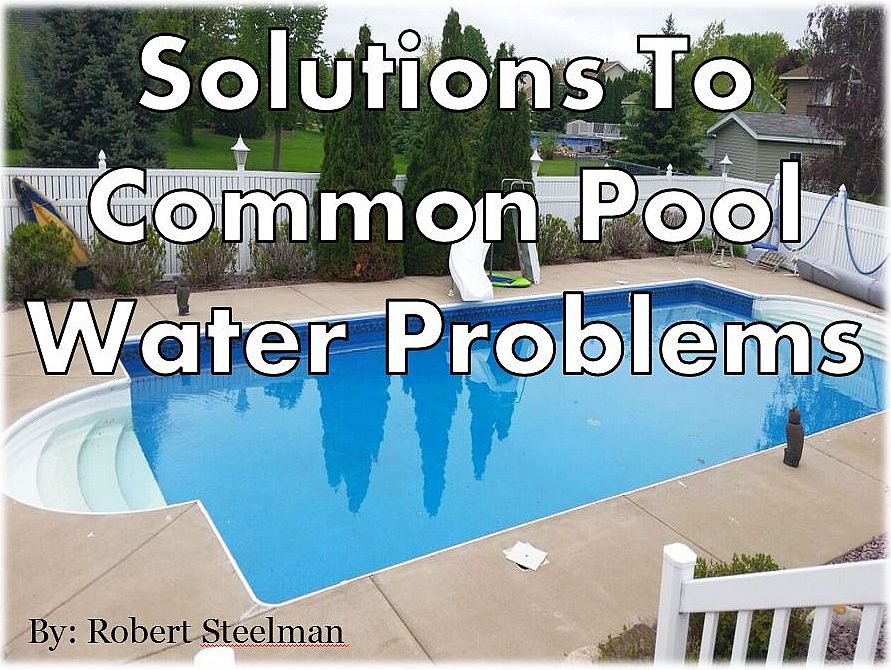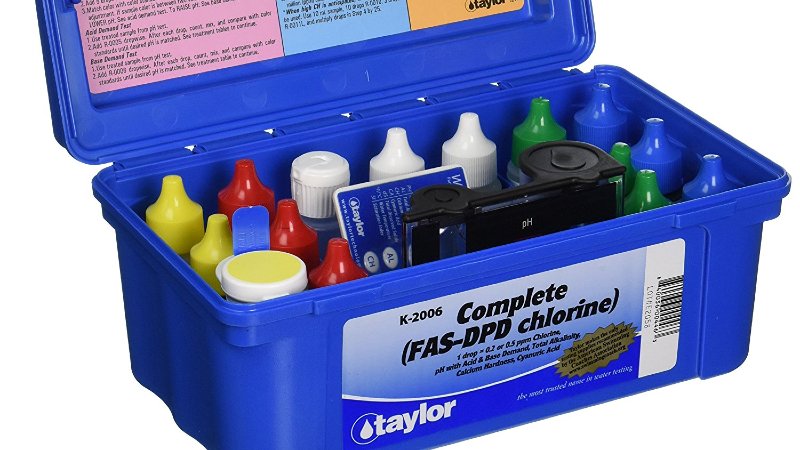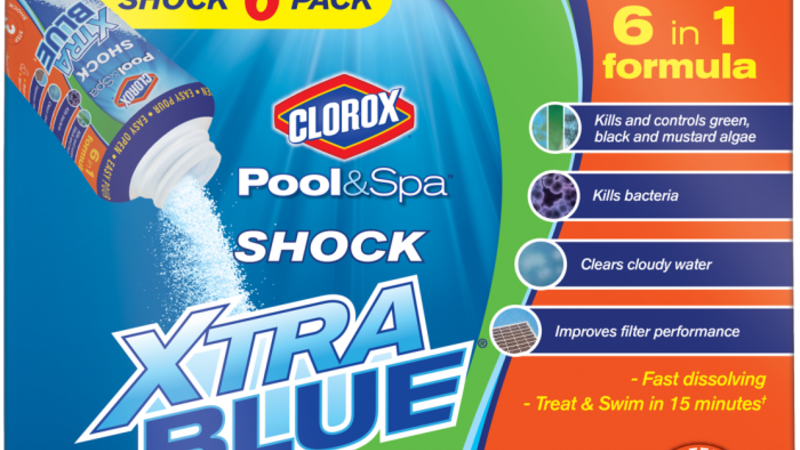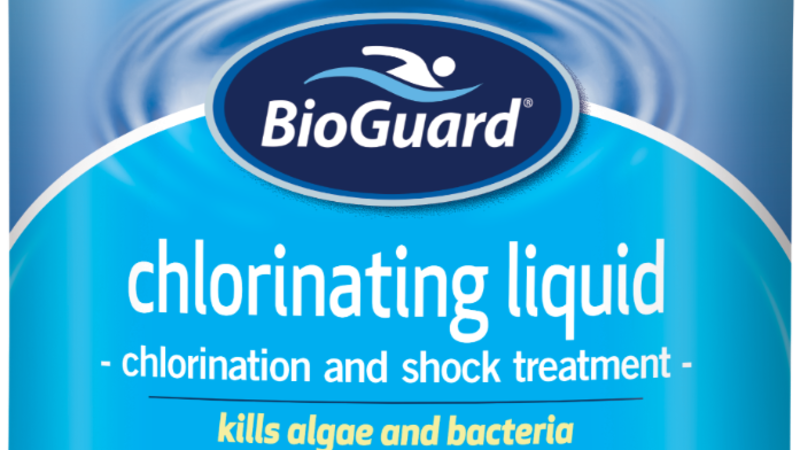Calcium Hypochlorite Shock For Your Pool
Do you want a rough-and-ready type of pool chlorine? Enough to tackle virtually any job you throw at it? A chlorine that's been around the block a time or two? Then calcium hypochlorite might just be the one for you. It's tough and ready to go when you are.
Cal hypo (as it's sometimes called) is a chemical compound that is used for water treatment and as a bleaching agent. It's relatively stable and has greater available pool chlorine level than sodium hypochlorite (liquid bleach). When kept in dry dark area, it maintains its potency for a very long time. Commercial grades of Ca(OCl)2 can contain over 70% available chlorine which makes it a good choice for both drinking water and wastewater.
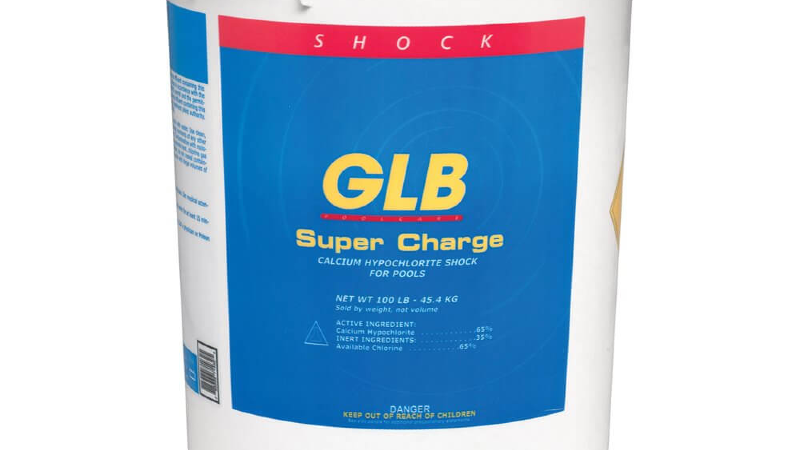
What Is Calcium Hypochlorite?
You'll normally see calcium hypochlorite in your pool store as granular chlorine. It can also be in tablet and puck form. Most calcium hypochlorite has an effective chlorine level between 40-73%, but I've seen it as high as 78%. It's the most popular form of chlorine on the market. The great thing about calcium hypochlorite is it can be used for weekly pool shocks and for your weekly chlorine maintenance program. Calcium hypochlorite is the most readily available of all the chlorines and is widely used in both home and commercial pools. It's affordably priced and easy to use and store.
How Does Calcium Hypochlorite Work?
Calcium hypochlorite works just like other forms of chlorine. You'll add the right amount of your cal hypo and in a matter of minutes the chlorine will react to the water and forms Hydrochloric Acid. It's the combination of this chemical reaction that kills algae spores and organic matter in your pool. This is the disinfecting power of calcium hypochlorite. The result is dead algae and bacteria in your pool which will be filtered out.
Does Your Pool Need Calcium Hypochlorite?
The short answer is, maybe, so let's drill down a little deeper. Calcium hypochlorite is a very effective form of chlorine. There's no arguing that. However, it might not be the best form of chlorine to use if you have hard fill water. As the name implies, it does contain calcium. If you're fill water is already above 200 - 250 ppm, you really don't want to add more hardness to your water. The calcium hardness could get out of hand very quickly, especially if you're weekly shocking your pool.
If you live in an area that has softer water, then I'd say calcium hypochlorite might be a good choice for your weekly pool maintenance.
When Do I Shock My Pool With Calcium Hypochlorite?
After being in the pool industry for over 20 years, I've found that pool owners who maintain their chlorine levels between 2 - 4 ppm really don't need to shock their pools on a weekly basis. That being said, there are some instances where a good pool shock is necessary and they are:
- After a heavy rain
- After heavy bather load
- A new water fill
- Massive amounts of contaminants have entered the pool
- Accidents such as vomit, blood, or fecal matter is in the pool
Being proactive and using calcium hypochlorite on a regular basis will ensure your pool is properly sanitized and ready to go when you are.
How To Shock A Pool With Calcium Hypochlorite
Cal hypo is simple to use and with a straightforward approach, you'll have great success. Note: Always follow the manufacturer's information and suggestions when using calcium hypochlorite.
Before shocking your pool you will need:
- Goggles
- Rubber gloves
- Pants and a long-sleeve shirt
- 5 gallon bucket
- Stir stick
- Enough calcium hypochlorite to shock your pool
To shock your pool with calcium hypochlorite:
- Put on your safety gear and gather your supplies.
- Calculate how much calcium hypochlorite to you will need. You will use 22 oz. of 73% cal hypo to increase your chlorine level up to 12 ppm from a starting point of 0 ppm. Follow the directions on the package.
- Fill your bucket about ¾ of the way with pool water. Always add the chemical to the water, NEVER water to the chemical.
- Add 1 lb. of calcium hypochlorite at a time to the bucket and stir it gently until the sanitizer is completely dissolved.
- Start in the deep end and walk around your pool, slowly and evenly pouring the chlorine mixture into the water. If you have any undissolved cal hypo in the bottom of the bucket, dip the bucket in the pool water and fill about 1/2 way, stir with your stir stick until the granules are dissolved, then proceed again by evenly pouring the chlorine into the pool.
- Sweep the entire pool to thoroughly mix up the chlorine and to make sure any undissolved granules don't settle to the bottom of the pool.
- Turn the pump motor on and filter for at least 8 hours.
After shocking your pool, you'll want to stay out of the water for at least 8 - 10 hours, but being you're shocking at night, this won't be a problem.
Calcium Hypochlorite Shock
Calcium hypochlorite can be the perfect product to shock your pool with. When used correctly it can easily kill algae spores and bacteria in your pool, leaving it clean, sanitized, and crystal clear. Once you make it part of your weekly pool care routine, you might never go back to using another form of chlorine.
Have A Story, Question, Or Comment?
If you have a chemical related issue, please give the chemicals readings, type of filtration system, what you've done or are trying to do, etc..
Chlorine
pH
Alkalinity
Hardness
Cyanuric Acid
Sand, Cartridge, DE Filter
Please explain your issue thoughtfully. By giving me all the details, it makes it much easier to answer your question and helps others that may have similar issues.
Thank you
What Other Visitors Have Said
Click below to see contributions from other visitors to this page...
Why is pool chlorine is important Not rated yet
Chlorine is crucial for maintaining a safe and healthy swimming pool environment by killing harmful microorganisms and preventing the spread of diseases. …
No Chlorine Reading Not rated yet
FC - 1.22
TC - 1.22
CC - 0
pH - 8
TA - 176
CH - 241
CYA - 0
Copper - 0
Saturation Index - 1
I've recently refilled my 5,300 gallon pool after …
Backyard Swimming Pool Sand Filter Not rated yet
It has looked like I have sand in the bottom of my pool. The pool shop people have been around to check the laterals and they are fine (they removed the …
